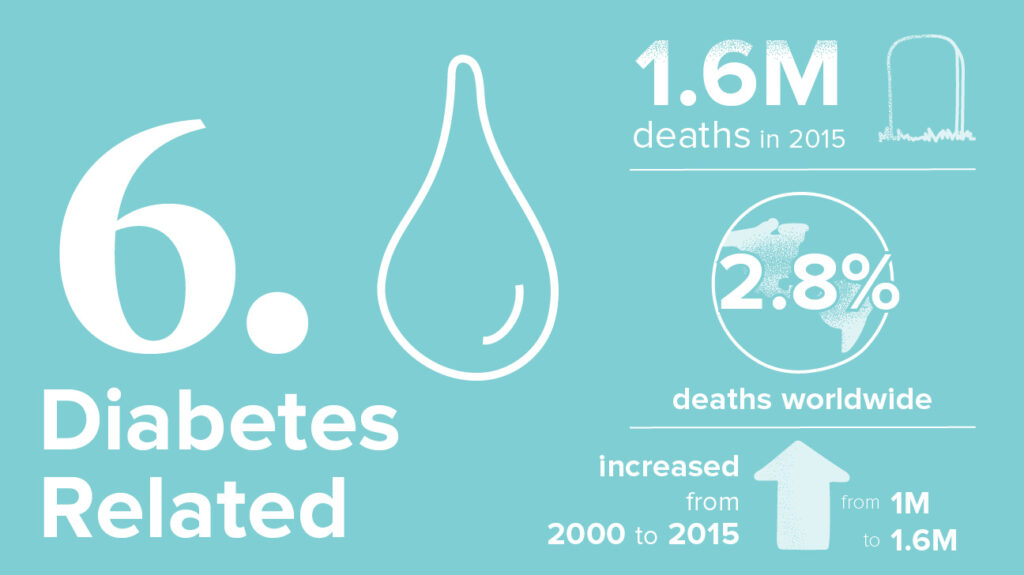5. Trachea, bronchus, and lung cancers

Among respiratory malignancies include those of the lungs, trachea, larynx, and bronchi. Smoking, exposure to secondhand smoke, and chemicals in the environment are the primary culprits. However, domestic pollutants like mold and gasoline also have a role.
Impact of respiratory cancers around the world
According to a 2015 research, respiratory cancer causes around 4 million deaths per year. Researchers predict that smoking and pollution will cause an 81–100% increase in respiratory malignancies in emerging nations. India is just one of several Asian nations that continue to cook using coal. For men and women, solid fuel emissions are responsible for 17% and 22% of lung cancer fatalities, respectively.
Risk factors and prevention
Anyone can get trachea, bronchus, or lung cancer, although those with a history of smoking or tobacco use are more prone to do so. Family history and exposure to environmental variables, such as diesel fumes, are additional risk factors for these tumors.
It is unknown if there is anything else that can be done to prevent lung cancers outside avoiding fumes and tobacco products. However, early discovery might enhance your prognosis and lessen respiratory cancer symptoms.
6. Diabetes mellitus

A collection of illnesses known as diabetes impair the usage and synthesis of insulin. Insulin cannot be made by the pancreas in type 1 diabetes. There is no known cause. In type 2 diabetes, the pancreas either produces insufficient amounts of insulin or insulin cannot be used properly. Numerous things, such as a bad diet, inactivity, and being overweight, can lead to type 2 diabetes.
Impact of diabetes around the world
People in low- to middle-income nations are more likely to pass away from diabetes-related illnesses.
Risk factors and prevention
Risk factors for diabetes include:
- excess body weight
- high blood pressure
- older age
- not exercising regularly
- an unhealthy diet
Although diabetes cannot always be prevented, the intensity of the symptoms can be managed by engaging in regular exercise and eating a healthy diet. Increasing the fiber in your diet might aid with blood sugar management.








